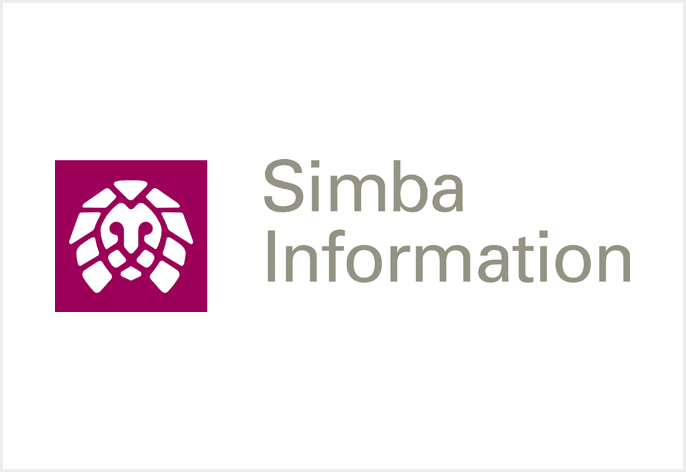
Open Access Book Revenue Fell Pre COVID-19 – Tough Road Ahead as Funding Tightens, Priorities Narrow
The coronavirus pandemic has accelerated the movement towards open research and open access publishing in scholarly journals, but after shrinking in the pre-COVID-19 period, open access books are not poised to capitalize—this according to the latest report from Simba Information, a leader in media intelligence and analysis.
In its report—Open Access Book Publishing 2020-2024—Simba reports on an open access book market that declined for the first time since tracking was initiated in 2013. It concludes that title output declined 18.7% in 2019 with 2,801 open access books published against 3,445 in 2018, according to titles listed by publication year in the Directory of Open Access Books.
Simba Information projects OA book revenue will continue to fall due to the coronavirus pandemic. The economic impact of lockdowns and travel restrictions along with changes in research funding priorities will further reduce title output. Simba forecasts negative effects continue into 2021. The coronavirus pandemic has impacted the ability of academics to conduct research. The economic impact will trickle down and put pressure on funders ability to pay book publishing charges (BPCs) and various funding other mechanisms used to publishing open access books.
Simba’s forecasts the recovery for open access books will begin in 2022 with steady growth continuing through the end of the forecast in 2024.
Title output declined in 2019—a year when the global economy was healthy—indicating that enthusiasm for open access book projects and available resources for this type of publishing can fluctuate more than other segments of scholarly publishing. Still, open access book revenue grew at a compound annual rate of 21.4% from 2015 to 2019. The market remains small—a mere 0.4% of global scholarly book publishing.
Even without the worldwide COVID-19 breakout, the open access book market was facing forces that would constrain growth. Besides, in the opening of large new markets like China, India and Brazil, there is only so much research being done. Funders are increasingly paying BPCs, but there is no great increase in funding behind the research itself. This suggests a slowing of growth in aggregate as the industry begins to mature. Growth of more than 20% cannot continue if the underlying research is flat or growing less than 3% per year.
An important difference between OA books and journals is that the overall market for journals, particularly life sciences, remained stable through OA’s development. The current book market is troubled, which will impact OA books’ ability to progress as OA journals did. OA books may become “a” response, not “the” solution, to a crisis in social science and humanities (SSH) monographs that preceded OA books.
A willingness to experiment has become established in OA book culture. New trials in search of a viable future business model continue to be launched. Cooperative ventures include Knowledge Unlatched and MUSE Open. Bookboon.com uses advertising, but this only works for widely-viewed topics such as textbooks or health titles directed at patients. Some models depend on donations or subscriptions to gain early access. While journal publishers like MDPI and Frontiers depend on support for the original journal article, Australian National University Press relies on print sales. But, like journal APCs, most still rely on book or chapter charges.
Open Access Book Publishing 2020-2024 provides detailed market information for this segment of scholarly book publishing. It analyzes trends impacting the industry and forecasts market growth to 2024. The report includes a review of more than 20 notable OA publishers and programs, including Bookboon.com, De Gruyter, Frontiers Media, IntechOpen, Knowledge Unlatched, MDPI, Springer Nature and Taylor & Francis.



























